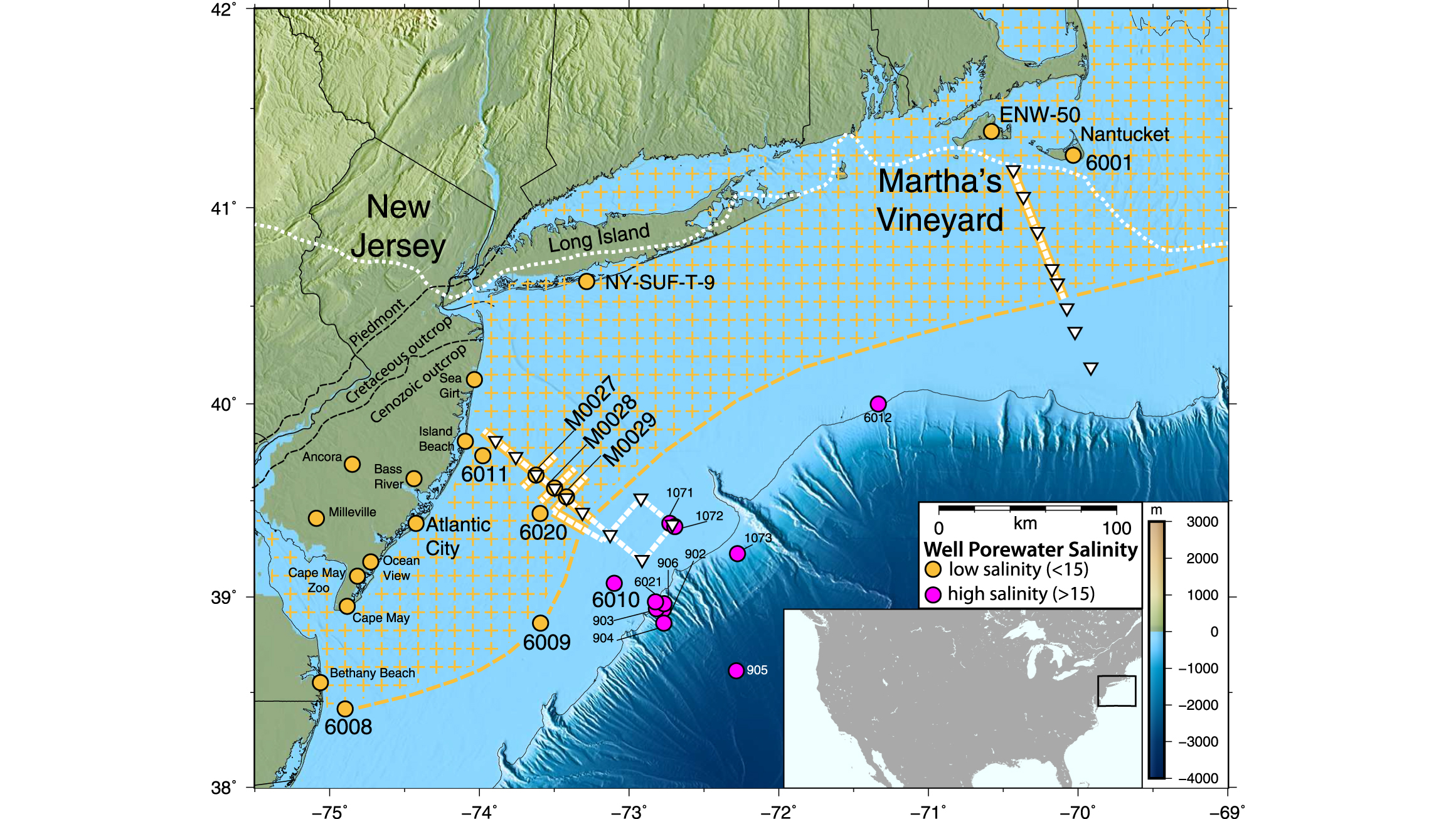

The deposition of aquifer material dates back two to six million years, from the late Miocene to early Pliocene ages when the southern Rocky Mountains were still tectonically active. 2.4 Accelerated decline in aquifer storage.The aquifer system supplies drinking water to 82% of the 2.3 million people (1990 census) who live within the boundaries of the High Plains study area. Once depleted, the aquifer will take over 6,000 years to replenish naturally through rainfall. Since 1950, agricultural irrigation has reduced the saturated volume of the aquifer by an estimated 9%. The aquifer is at risk of over-extraction and pollution. Today about 27% of the irrigated land in the entire United States lies over the aquifer, which yields about 30% of the ground water used for irrigation in the United States. Large-scale extraction for agricultural purposes started after World War II due partially to center pivot irrigation and to the adaptation of automotive engines for groundwater wells. The aquifer is part of the High Plains Aquifer System, and resides in the Ogallala Formation, which is the principal geologic unit underlying 80% of the High Plains. Darton from its type locality near the town of Ogallala, Nebraska. One of the world's largest aquifers, it underlies an area of approximately 174,000 sq mi (450,000 km 2) in portions of eight states ( South Dakota, Nebraska, Wyoming, Colorado, Kansas, Oklahoma, New Mexico, and Texas). The Ogallala Aquifer ( oh-guh- LAH-lah) is a shallow water table aquifer surrounded by sand, silt, clay, and gravel located beneath the Great Plains in the United States. Groundwater withdrawal rates (fresh water, all sources) by county in 2000.


 0 kommentar(er)
0 kommentar(er)
